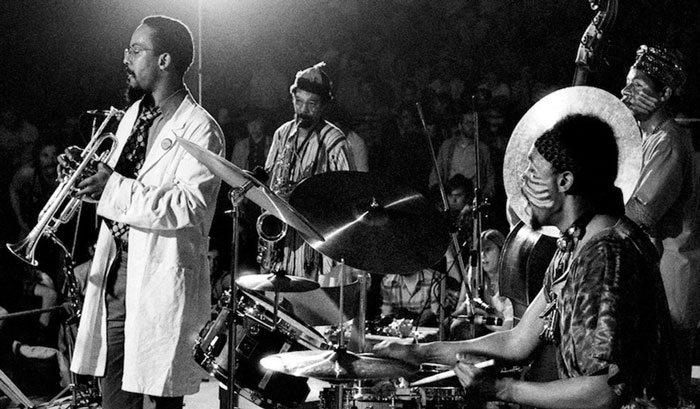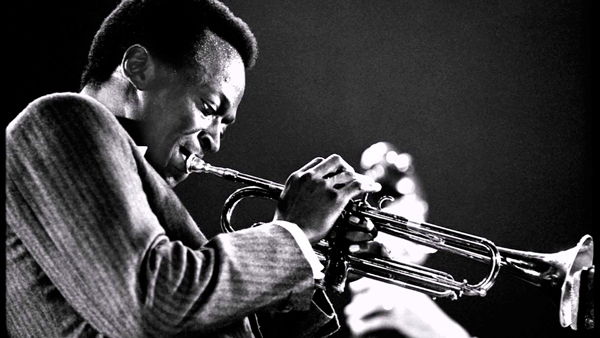Free Jazz – Jazz in the 50s and 60s
18th November 2019Free jazz, sometimes known as avant-garde jazz, is an approach to the genre which arose in the late 1950s and developed throughout the 1960s. While jazz has always been a genre characterised by improvisation, that improvisation has traditionally taken place against a set of pre-defined conventions, such as regular tempos, recurring chord changes and specific tones.
Free jazz attempted to distance itself from that by dispensing with those conventions, thus emphasising the importance of the improvisational abilities of the performer. All pre-established forms and templates are discarded and the musician is free to play whatever notes, rhythms and compositions he feels, as well as elicit new sounds from his instrument while doing so.

History of Free Jazz
According to legend, free jazz was first conceived of when alto saxophonist Ornette Coleman waltzed into the Five Spot jazz club in the Bowery in New York in 1959, plastic saxophone in hand, and began playing freeform jazz for the regulars. Coleman released an album the following year entitled Free Jazz and the new genre was born.
At first, free jazz was viewed with dubious interest. Legends of the scene such as Miles Davis and Roy Eldridge were not immediately impressed with it, though the adventurous spirit and rebellious attitude of the 1960s meant that free jazz started to gain greater popularity. Saxophonists like John Coltrane and Eric Dolphy began to embrace the genre, while pianists Albert Ayler and Cecil Taylor also made it their own.
Slowly, the practice began less an individual one and more of a group endeavour, albeit only in small bands of three or four members. Nonetheless, this organisation of a genre characterisation by disorganisation lent it some form of credibility and it continued to flourish throughout the 1960s. Notable examples of free jazz bands include Sun Ra’s The Arkestra and the Art Ensemble of Chicago.

Defining Features of Free Jazz
The first rule of free jazz club is… there are no rules. Free jazz’s early proponents were intent on hitting upon a new form of music that didn’t follow any of the stuffy conventions or stifling limitations of its predecessors, including swing, bebop and modal jazz. Instead, they wanted the performer’s creative impetus to be set free.
Having said that, free jazz might have dispensed with the rule book, but it had to learn it by rote before it could do so. As a result, fragments of early jazz often crop up in free jazz compositions, such as diatonic chord cycles and other similar musical structures. It’s also fundamentally an American artform, but in its quest to pursue freedom of expression, it often borrows liberally from world music and other overseas influences.
As with all other forms of jazz, the most common instruments in free jazz are piano, drums, bass and saxophone. However, as the name and ethos suggest, free jazz did not limit itself to these four, but could also incorporate such diverse instruments as clarinets, flutes, trumpets, violins, as well as even bagpipes, harps and ukuleles.
Interested in Jazz? Why not check out some of our jazz history blogs here.